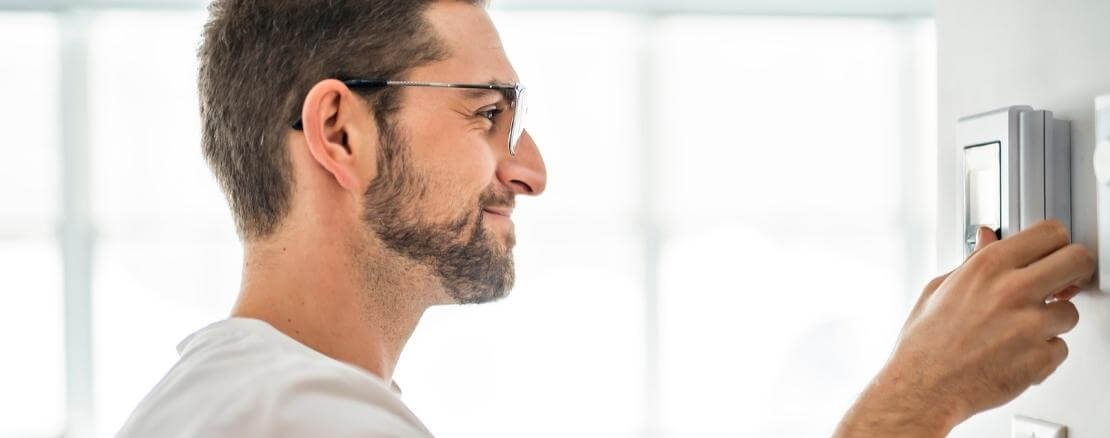One of the best things about spring is the warmer temperatures during the day. It’s not only more pleasant outside, but inside as well. You can open up your windows and let the fresh air in. Of course, spring weather is unpredictable. One day it might be sunny and bright, but the next day it could be rainy and cold. Turning off your furnace may seem like a gamble. Here’s what to know about turning off your furnace in the spring and who to call for residential furnace repair.
Why Should You Turn Your Furnace Off in the Spring?
Your heater won’t cycle on if you’ve set the thermostat lower than the inside temperature, so you might be wondering why it’s worth turning your heater off.
- You end up wasting money by running the pilot light when your furnace is on.
- You won’t inadvertently heat your home if the thermostat isn’t set right.
- You save money on furnace repair in Kitchener because your furnace takes the season off.
Shutting the pilot light off during the summer reduces your energy consumption and avoids putting stress on the components of your heater during the warmer months when you don’t need it.
How Do You Know When to Turn Off Your Furnace?
Don’t go by daytime temperatures to turn off your heater. Look at nighttime temps, when the air gets the coldest. Your home retains the daytime heat into the night, so it’s those early mornings where you may need the most heat. You want the outside temperature to be consistently above 7 to 10 degrees before turning off your furnace. If you have many north-facing windows or have a tendency to be cold-natured, you may need to wait until late May before you turn your furnace off for the season. Conversely, if you want to save on energy costs and don’t mind putting an extra blanket on your bed and wearing a warm sweater in the morning, you may be able to turn off your furnace earlier in the season.
How to Turn Your Furnace Off in the Winter
It’s not enough to switch off the thermostat. You need to turn off the pilot light to the furnace. You may also want to cut the main gas supply to the furnace. Don’t cut your gas supply to the water heater and stove. If you can turn off electricity to your furnace without shutting down the AC, do so. A professional technician can help you shut your furnace off safely.
Maintenance Tips to Keep Your Home Safer
Turning your furnace off is a personal choice. You don’t have to, but you should spend some time in the spring checking out your furnace and AC.
- Check your furnace and AC filters. Replace them if warranted. Make a note on the filter to remember the date you changed it.
- Check your carbon monoxide detector. If it uses batteries, put fresh ones in. Check the age of your CO monitor. Most should be replaced after 10 years. D
- Check the area around the furnace. Remove any debris.
- It’s also a good time to make sure your AC is ready for the warmer days. Have a service tech do an inspection of your furnace and AC to make your system last longer.
The biggest drawback to shutting off your furnace in the summer is remembering to relight the pilot in the fall. Fortunately, you can call the professionals to handle that job. While they’re lighting the pilot light, they can do a quick inspection to make sure your heater is ready to tackle the winter.
Contact CJ Brubacher Ltd. for residential and commercial furnace repair. We’ll make sure your furnace is operating at peak performance when you need it and doesn’t give you problems when you don’t.

